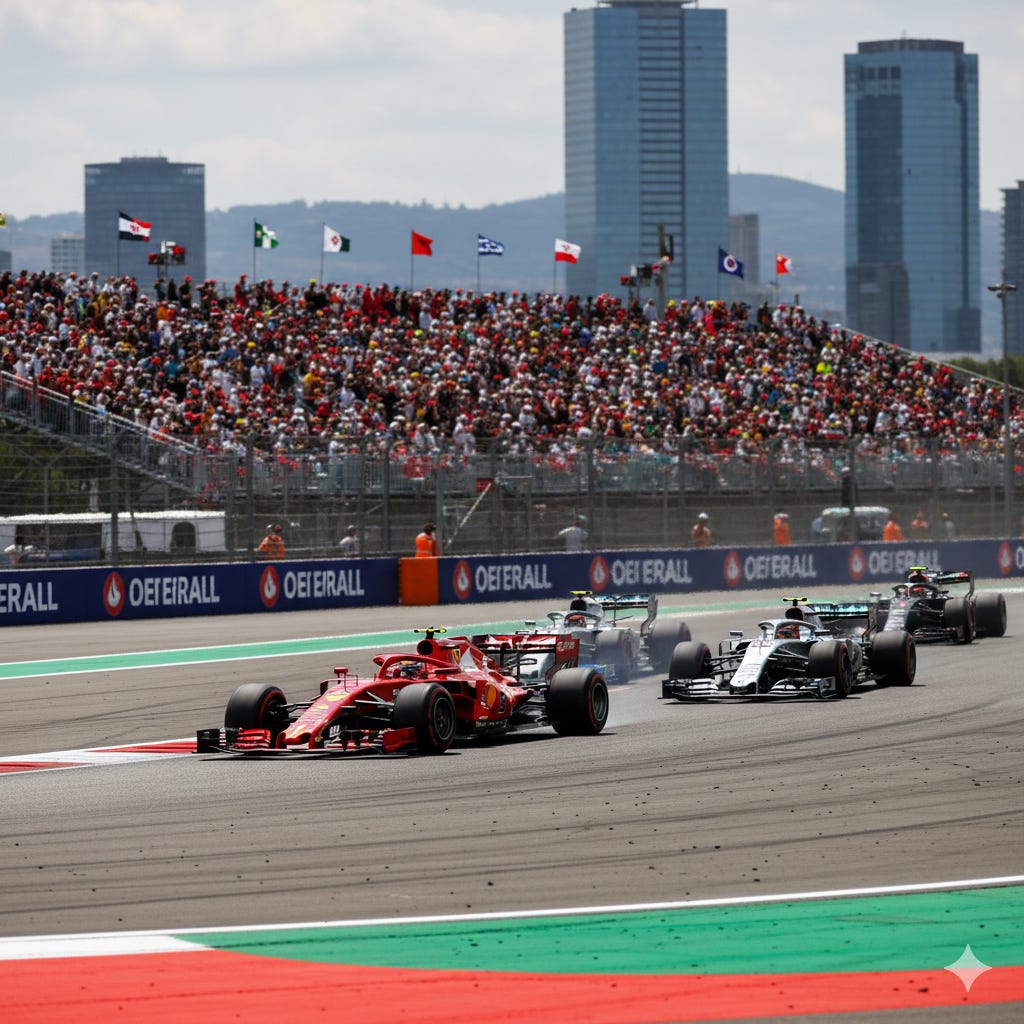Live Media-Rights Inflation Playbook: Churn-Shield Bidding, Multi-Sport Bundles, Spin-Off Sweeteners | TickerTrends Model Alt Data Platform | TickerTrends.io
The TickerTrends Social Arbitrage Hedge Fund is currently accepting capital. If you are interested in learning more send us an email admin@tickertrends.io
The New Economics of Global Sports Rights
Netflix's $5 billion acquisition of WWE "Raw" and its three-year NFL Christmas Day streaming deal mark a seismic shift in sports media economics. Global streaming platforms are now willing to pay massive sums for live sports rights, viewing them as subscriber-retention tools rather than standalone profit centers. This structural transition has dramatically shifted pricing power from networks to rights-holders, forcing streaming services to acknowledge they can no longer survive on scripted content alone.
Formula 1 stands at the center of this transformation. ESPN's current U.S. agreement, worth approximately $85 million per season, expires after the 2025 campaign. Liberty Media, F1's parent company, is reportedly seeking $150-180 million annually for the next rights cycle—essentially doubling the value in a single negotiation round. The company has approached Disney, Amazon, Apple, NBCUniversal's Peacock, and Netflix without yet launching a formal tender.
What makes this particularly significant is that F1's U.S. contract serves as the benchmark when the sport renegotiates broadcast deals in Germany, Japan, Australia, and Latin America between 2025 and 2027.
Why Streamers Are Racing to Acquire F1 Rights
Formula 1 offers streaming platforms a uniquely valuable proposition: 24 events spread throughout the calendar year, providing a reliable cadence that helps dilute subscriber churn across twelve billing cycles. The sport attracts an international, predominantly male, under-35 demographic—precisely the audience television networks struggle most to capture. F1's production values already meet 4K HDR standards, eliminating the need for expensive technical upgrades by new broadcast partners.
Liberty Media's recent €4.2 billion acquisition of MotoGP further strengthens its negotiating position. The motorcycle racing series was purchased at approximately 11x forward EBITDA—well below Formula 1's mid-teens multiple—making the combined motorsport portfolio more financially attractive. More importantly, bundling F1 and MotoGP rights gives Liberty an additional bargaining chip in markets where broadcasters fear losing both properties.
The Global Race for Live Sports Content
TKO Group—the entity housing UFC and WWE—currently commands about seventeen times blended forward EBITDA despite having already secured much of its North American inventory through the Netflix Raw deal and a renewed ESPN contract for UFC. Meanwhile, Formula 1, with two-thirds of its global broadcasting fees yet to be renegotiated, stands poised for a similar value explosion.
Financial analysts have begun treating live sports promoters more like regulated utilities than cyclical media companies. Supply remains fixed—there are only so many global leagues commanding appointment viewing—while demand continues to expand as tech platforms add sports to their subscriber retention strategies.
Our full analysis explores how this rights revolution is reshaping the entire sports ecosystem—from team valuations to downstream monetization opportunities—and what it means for investors in Liberty Media, streaming platforms, and the companies riding this unprecedented wave of sports media investment.
Introduction:
Keep reading with a 7-day free trial
Subscribe to TickerTrends Research to keep reading this post and get 7 days of free access to the full post archives.


